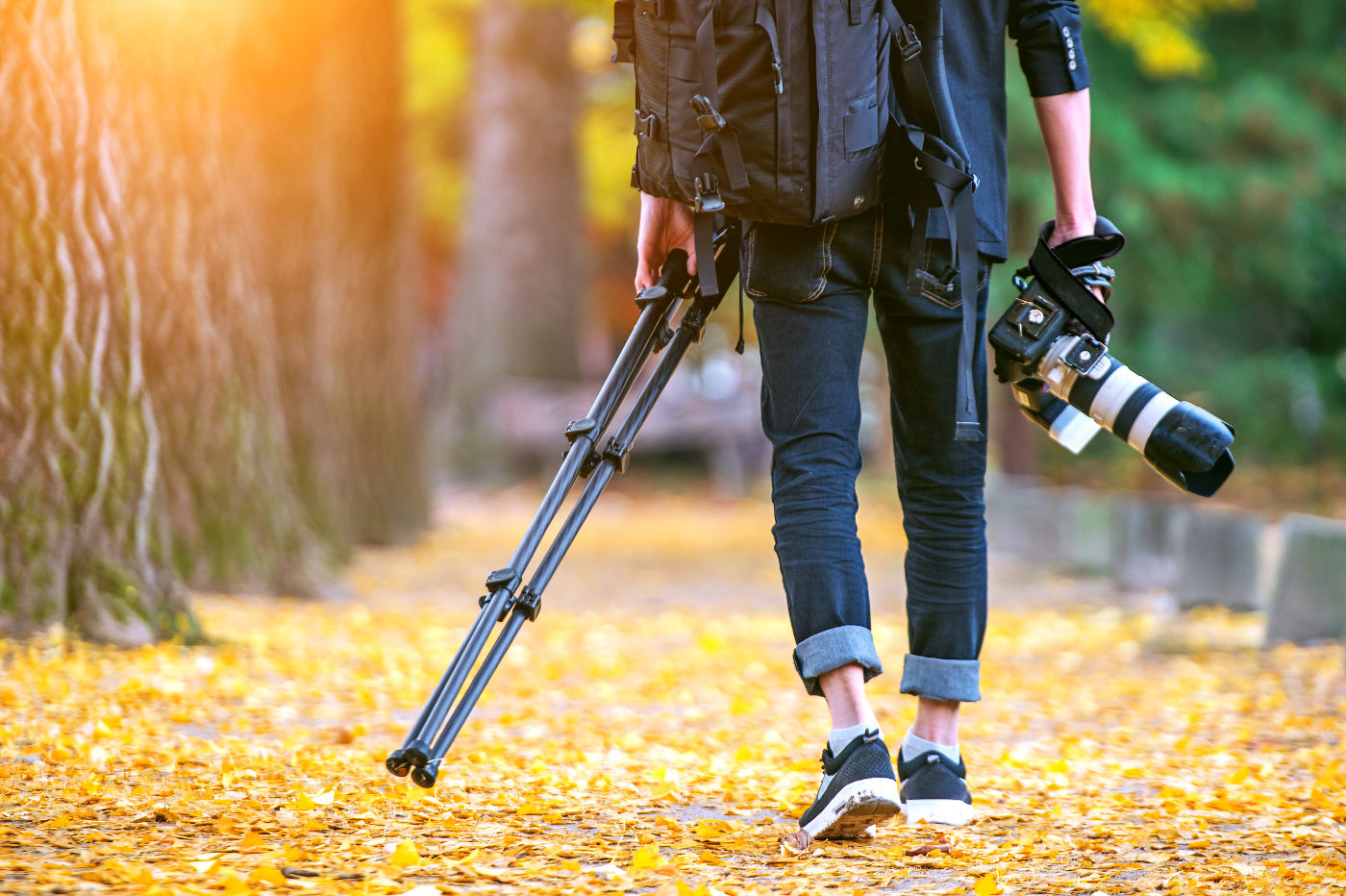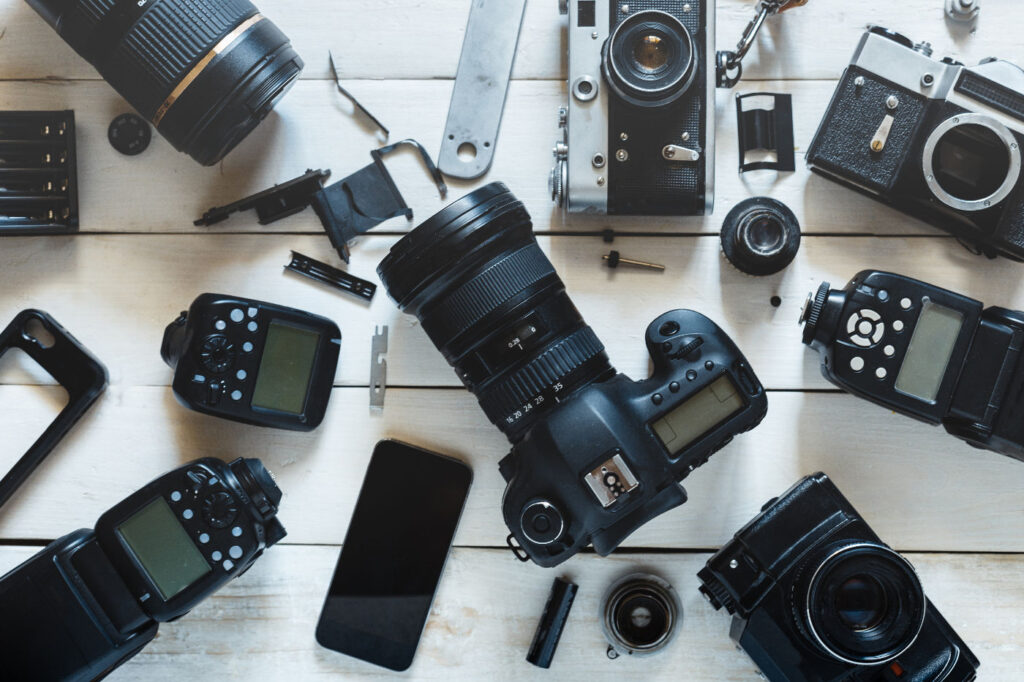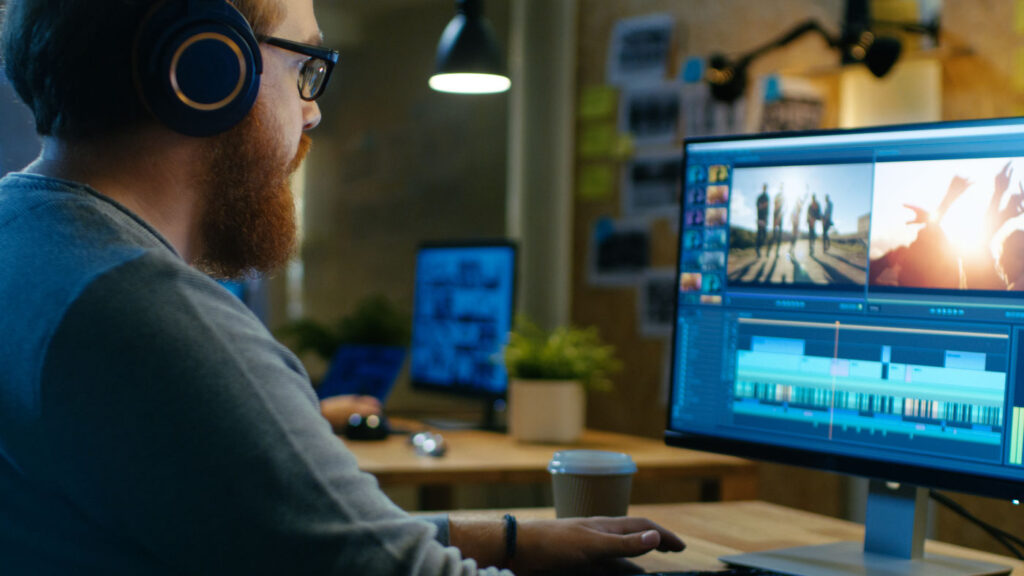
Skip to Section
When you are looking to have a time-lapse video produced, it is not necessarily important how or why the video was produced. All that matters ultimately is the end result. If the video portrays the message that you’re looking for, then it’s done it’s job.
It is for this reason that many media agencies and production companies are faced with a number of options when sourcing time-lapse footage. Should we set up a camera and capture and produce our own footage, or outsource to a professional time-lapse photographer?
The article attempts to explore and validate both options, and give you a better idea of the pro’s and con’s of each.
What is your intended purpose?
It goes without saying that if your purpose is to capture timelapse for the fun of it, perhaps you have a love of photography or cinematography and you like the experience of producing the video, then naturally you would be inclined to do all the work yourself rather than paying a professional. Unless of course, you are paying for someone to teach you.
Commercial time-lapse projects
For projects where you are focused on the final result, then the best means of achieving that result are often less obvious.
Generally for commercial projects, you probably need a high production quality. This means that you generally need high-end gear. if you intend on shooting the footage yourself. If you don’t already possess the necessary equipment, then significant costs may be involved if you intend to purchase equipment. Hiring is also an option here.
Even if production values aren’t paramount, you still may want to hire a professional for your time-lapse project, for example; If you need reliable results – if you are trying to capture a fleeting event or if you have a short window to capture and produce the final product – then you will likely want to hire this service out regardless of the final use.
If you are still unsure whether you should try your hand at your time-lapse project, continue reading for a clear appraisal of the likelihood of your success. If you have a time-lapse professional project to shoot and you haven’t shot time-lapse before and you aren’t already an enthusiast or professional photographer, definitely hire someone.
If you are a fully competent photographer, ask yourself the following…
Hobby and non-commercial time-lapse projects
As with commercial projects, it comes down to achieving the desired results, versus cost. One benefit you may have compared to commercial projects is that you are not answerable to a paying client. This doesn’t make it any easier to produce your video, sometimes quite the contrary, but it does give you flexibility and control. You may also be working to a self-imposed deadline, so you can keep costs down more effectively.
Do you have the equipment?
If you are planning to shoot a production-quality time-lapse, you will need professional equipment. This isn’t set in stone, but generally at the very least, you probably want a DSLR camera with a suitable lens.
Can’t I use a high-end smartphone?
For simple daylight time-lapse, a modern smartphone will capture great shots, but a DSLR camera will give you the ability to shoot in low light conditions due to the larger lens and higher ISO. DSLR cameras also have interchangeable lenses.
You will also want to be shooting in a RAW file format, and, in an ideal world, you would have a lens system that will accommodate static apertures to prevent flicker (an undesirable change in the perceived brightness of the successive images that produces a sort of ‘strobing’ effect when composed to video).
You will also need a fairly decent tripod. A low-end tripod would be suitable in ideal conditions, but something with a little more weight and rigidity is necessary in breezy conditions or when shooting with a long exposure (think astrophotography). Cheap tripods will often sag depending on the weight of your camera/lens and the tripod build. They will also feature clumsy controls that will move the tripod itself during adjustments, changing the camera perspective slightly, and make the framing you would like difficult. They are also substantially less stable, which can often result in some camera shake – which is almost always highly undesirable. This is especially problematic if your project will require you physically adjusting any settings on the camera during the course of the time-lapse.
You will also need an intervalometer (some cameras have this in their firmware) and/or a remote shutter. There are also other pieces of equipment you should have depending on the nature of the shoot – such as cards with the capacity and the speed to capture your time-lapse, weather protection for yourself and your camera, neutral density filters, and adequate power (which can mean a battery grip or even more extreme solutions).
Depending on what you are shooting, you may also need appropriate lighting, yet another equipment cost. You will also almost certainly want to consider all potential equipment requirements for your particular project and make sure you are adequately equipped. Our best cameras for time-lapse guide is a great place to look for more information on the subject.
You will also need the computing capacity to deal with a large number of RAW images in post-production, so this needs to be considered as an element of the equipment requirements. The software will be an element you will require as well.
So what should I do if I don’t have the equipment? Well, if you want to get into shooting time-lapse regularly, it might be advantageous to purchase the right equipment and start shooting yourself – especially if you are not on a tight timeline or need to shoot an event or phenomena which will only occur once or within a limited timeframe. That said, if you don’t have at least most of the gear and are willing to expand, hire someone. Also, even if you have the equipment, but you don’t seek to make time-lapse into a hobby or profession, hire it out.
Do you have the expertise?
Time-lapse can be pretty demanding on a photographers mastery of the art and science of creating images. You will need a good grasp of exposure, and how exposure is altered by each of the settings in your camera – shutter speed, aperture, ISO (or ASA/film speed), white balance, file format, even focus. If you aren’t VERY familiar with these terms, hire the time-lapse production out.
If you don’t have the expertise, but are looking to train ‘on the job’, bear in mind that you can often wait weeks for ideal weather conditions before you can even set up your equipment for a shoot. Then, it might be the following evening before you get to upload the images into your computer for post-processing. It might not be until this point that you realise your shutter interval was too slow or your video has flicker which could have been prevented. Then you have to repeat the whole process all over again. It could take you all summer to get the perfect shot.
Do you have video editing skills and software?
When shooting time-lapse, there are a lot of things that can result in an undesirable final product. This may not happen, but you need to know how to fix it if it does.
Most commonly, flicker will be an issue. Some other things may occur as well – sometimes abrupt changes in color or lighting, which are parallel phenomena to flicker; some washed-out shadows or clipped highlights may appear, or some camera shake.
These issues can likely be remedied, especially if you are shooting RAW, but you will have to know or learn exactly how to do make appropriate adjustments. There is software available to download that will develop your RAW images – Adobe’s Lightroom is the industry standard and what I would highly suggest if you are considering shooting time-lapse.
When it comes to stitching the images together to form the final time-lapse video, again there is specialist software available, namely Adobe Premiere and the industry-specific LRTimelapse. There are Lightroom plug-ins available which you can use to achieve the same ret result, without leaving Lightroom, and these often the most seamless option, but generally it’s better to use the dedicated software named above.
You will need solid editing software to consider undertaking this task yourself. You will also need to familiarize yourself with the software. If you are already familiar with Lightroom or Photoshop, it shouldn’t be too hard – or if you have expertise in video editing programs like Premiere, Final Cut Pro, or AfterEffects.
You may also need something to stabilize the outputted video from RAW. Just like flicker, this may not be an issue for you, but you need to be ready if it is. Most decent video editing programs have a stabilization plug-in of some kind that will satisfy this need.
It may be a good idea to shoot a somewhat wider focal distance than you want the final product to appear – for one, you will have ample resolution, and secondly, if you DO have camera shake, you will need some cropping ability to stabilize the image in post. I would suggest using Premiere or Final Cut Pro from the video output, although there are several options for this. If you are completely new to software post-production, hire the time-lapse ou – unless you are ready to do a lot of learning.
So, in conclusion, you most certainly can shoot time-lapse yourself, however if you want a professional, production-quality product, you need the equipment and expertise. There are not shortcuts or ‘cheats’.
Beyond that, each shoot can present unexpected issues that aren’t touched on in this article as each time will be different in some capacity. Wind can be an issue. Changing cloud cover can be an issue as well. A battery suddenly losing charge unexpectedly due to dropping temperature.
A lot of these issues will not be noticeable until you start working in post and will result in the issues described above. An experienced individual will be able to more effectively mitigate or prevent these potential problems – the experience you will not yet have. However, if you consider yourself a well-equipped, software savvy, enthusiast photographer, you can most likely do this yourself. I would leave myself ample time for hiccups and adjustments in post, but if you feel confident, give it a shot. If not, hire someone to shoot time-lapse for you.
Simple cost analysis
Ultimately, you have to put a value on your time and make a realistic assessment of how much each option will cost you overall. Sure, shooting your own video might save you $2000 on a professional’s fees, but if it takes you a month of work to get the result, plus you have to spend a couple of hundred on extra gear, then did you really save anything in the long run?


No Comments yet!